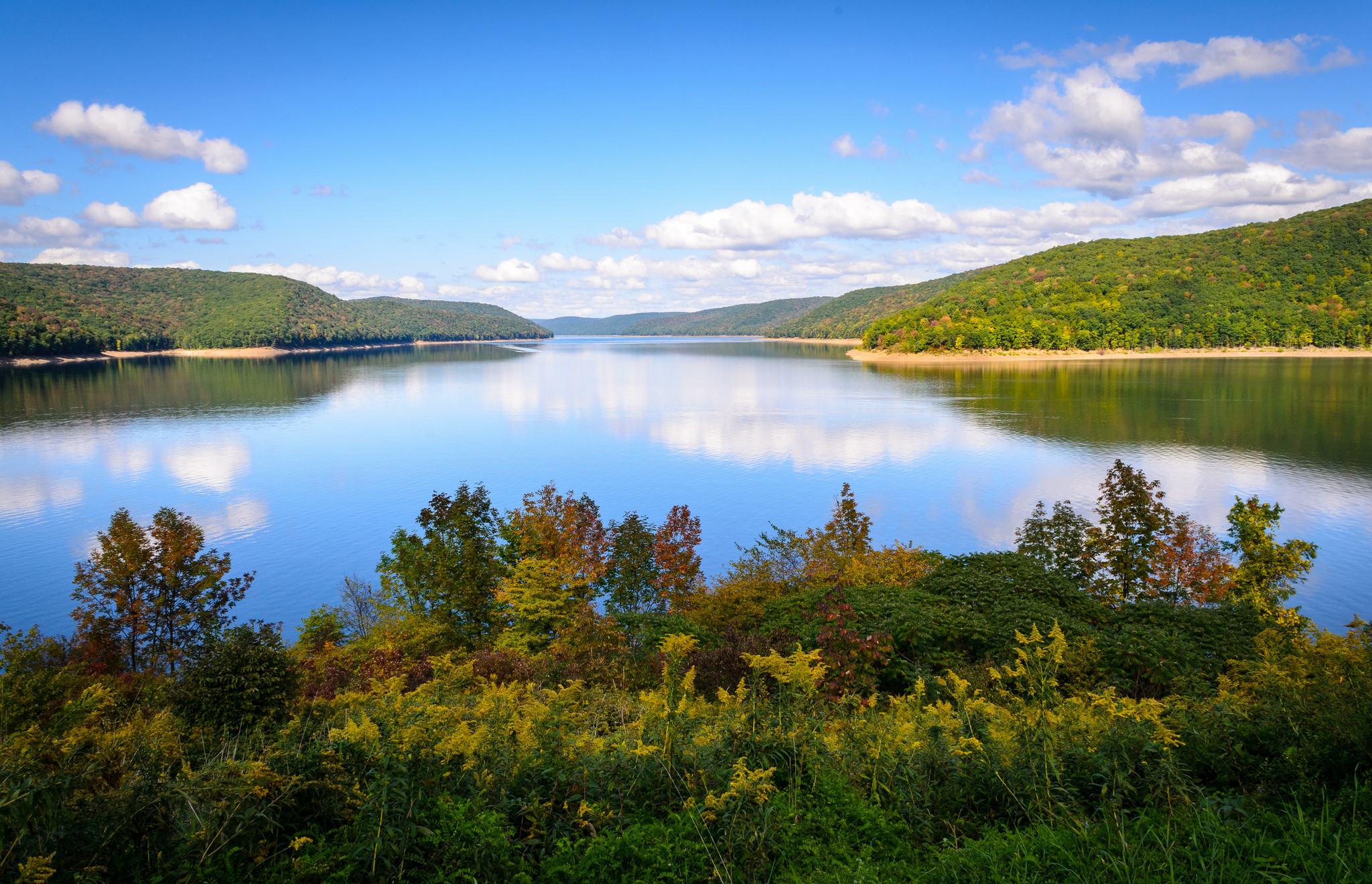Why Doesn’t Pennsylvania Have More Lakes?
Pennsylvania has trillions of gallons of groundwater and some 42 inches of annual precipitation. But for such a water-rich state, Pennsylvania seems to have relatively few lakes—though it sort of depends on your definition of a lake.
“I tell my class: Let’s define a lake as simply a hole in the ground that’s full of water,” says Milt Ostrofsky, who teaches limnology—the study of lakes—at Allegheny College in Meadville.
LISTEN: “Your Environment Update for July 6, 2016”
Using that criteria, there are about 2,500 water-filled holes in the ground in Pennsylvania. But only a few of them haven’t been created by humans. And geology has a lot to do with why the state doesn’t have more naturally occurring lakes.
“Pennsylvania has a fairly old landscape and it’s not tectonically active,” says Helen Delano, a senior geologic scientist at the Pennsylvania Geological Survey. “We don’t have lots of earthquakes causing the land to rise and sink and tilt.”
And without tectonic activity making new depressions for water to gather, you don’t get new lakes.
Another key piece of the puzzle: glaciers. The Wisconsin Glacier was coming and going in the northeastern and northwestern parts of Pennsylvania between two million and 12,000 years ago. But it didn’t make it much past those areas.
“Glaciation is one of the primary processes that creates lake basins,” Ostrofsky says. “So in the absence of glaciation, the central part of the state and all of the southern part of the state are millions of years old without any sort of disturbance.”
Reporting by Margaret J. Krauss
Is Natural Gas Really Better for the Climate?
There are thousands of shale gas wells in Pennsylvania, Ohio and West Virginia—and a growing number of pipelines moving that gas around the Northeast. Generally, the increased use of natural gas has been seen as a good thing for the climate, since burning natural gas produces about half the carbon dioxide emissions of burning coal.
But since the start of the fracking boom, scientists have been wondering just how much methane—a key component of natural gas and a powerful contributor to global warming—may be leaking from the country’s pipeline network.
Thus far, the EPA’s estimates for how much methane may be escaping into the atmosphere has actually been pretty low. But Allen Robinson, a professor of mechanical engineering at Carnegie Mellon University, says his research suggests the EPA may be underestimating methane leaks by as much as 30 percent.
One of the key tools scientists have been using to answer this question: satellite technology. The high-resolution images provided by today’s satellites are giving scientists a better sense of how burning natural gas may be reducing greenhouse gases—and, in turn, how quickly the transition to a fossil-fuel-free world will need to happen.
Reporting by Reid Frazier

